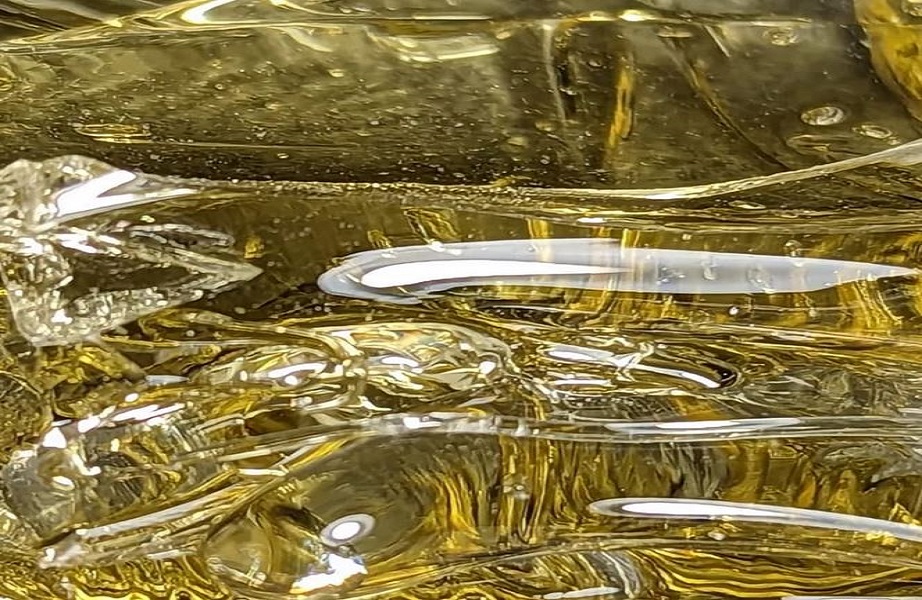In the world of research chemicals and psychoactive substances, new compounds are continually emerging, each with its unique properties and effects. One such compound that has garnered attention in recent years is 10-OH-HHC, a hydroxy derivative of HHC. In this article, we’ll explore what 10-OH-HHC is, how it is produced, and its potential uses and effects.
What Is 10-OH-HHC?
10-OH-HHC, or 10-Hydroxyhexylhexylcannabinol, is a derivative of HHC (Hexylhexylcannabinol), which is a synthetic cannabinoid. Like its parent compound, 10-OH-HHC interacts with the endocannabinoid system in the body, albeit with potentially different effects due to its modified chemical structure. While research on 10-OH-HHC is still in its early stages, it is believed to have psychoactive properties similar to other cannabinoids, albeit with unique nuances.
Production of 10-OH-HHC
10-OH-HHC is produced through the oxidation of HHC by cytochrome P450 enzymes. This process introduces a hydroxyl group (-OH) to the chemical structure of HHC, resulting in the formation of 10-OH-HHC. The conversion of HHC to its hydroxy derivative can occur through various methods, including chemical synthesis in a laboratory setting.
Availability and Affordability
Despite being a relatively new compound, H4CBD Isolate is becoming increasingly available through online research chemical vendors and laboratories. It is often sold in the form of powder or solution for research purposes. Additionally, 10-OH-HHC is generally more affordable compared to some other research chemicals, making it accessible to researchers and enthusiasts alike.
Potential Uses and Effects
As with any psychoactive substance, the potential uses and effects of 10-OH-HHC are still being explored. Preliminary research suggests that it may interact with the endocannabinoid system similarly to other cannabinoids, potentially leading to effects such as relaxation, euphoria, altered perception, and enhanced sensory experiences. However, the specific effects of 10-OH-HHC may vary depending on factors such as dosage, route of administration, and individual biochemistry.
Researchers are also interested in investigating the potential therapeutic applications of 10-OH-HHC. Given its cannabinoid-like properties, it is speculated that 10-OH-HHC may have potential as an analgesic, anti-inflammatory, anxiolytic, or even neuroprotective agent. However, further research is needed to fully understand its pharmacological profile and therapeutic potential.
Safety Considerations
As with any research chemical, safety should always be a primary concern when experimenting with 10-OH-HHC. Due to its relatively recent emergence, limited data is available on its safety profile and long-term effects. Researchers should exercise caution and adhere to proper safety protocols when handling and researching 10-OH-HHC. Additionally, it is essential to source 10-OH-HHC from reputable vendors who adhere to strict quality control standards to ensure purity and consistency.
Conclusion
10-OH-HHC is a substance that has generated interest for its potential psychoactive and therapeutic effects. As a hydroxy derivative of HHC, it offers a unique perspective on cannabinoid pharmacology and may hold promise for future research and exploration. However, researchers should approach 10-OH-HHC with caution and prioritize safety at all times. With further study, we may unlock the full potential of this intriguing compound and gain a deeper understanding of its role in the ever-evolving landscape of psychoactive substances.








